The concept of Qi dates back to the beginning of Chinese civilization. It has been translated as “vital energy,” “life force,” or “breath” but no single English word will suffice, perhaps because the nature of Qi is that it can have different manifestations in different situations.
The Chinese character for Qi means vapor, gas, air or steam which indicates that it is something which is material and immaterial at the same time. In Chinese thought, Qi accounts for the workings of nature and all phenomena in the universe and provides continuity between the immaterial and the material. This is not so far from the concepts of the interchangeability of matter and energy in modern physics as elegantly expressed in Einstein’s famous theorem, E=MC2. Maybe we could envision formula that states (E=MC2)=Qi.
Qi is the central underlying principle in Traditional Chinese Medicine (TMC) and martial arts. In the Asian martial arts, focusing, channeling and enhancing Qi are vital to successful performance. TCM asserts that Qi energy flows around and through the body, forming a cohesive and functioning unit, and that the body has natural patterns of Qi that circulate in channels called meridians. These meridians were first delineated in the Huangdi Weijing, or The Yellow Emperors Book of Internal Medicine about 2,500 years ago. Two major aspects of Qi were noted, Defensive Qi which circulates primarily in the exterior to protect the body, and Nutritive Qi which circulates in the interior, to nourish the organs. When either is unable to perform its functions, due to being disrupted, blocked, or unbalanced (deficient or excessive), specific pathological symptoms will result. We call these symptoms disease.
In pathology, when Qi flow slows down and stagnates, masses, lumps or tumors can appear. TCM seeks to free these blockages and relieve these imbalances by adjusting the circulation of Qi using a variety of techniques including herbology, physical training regimens, tui na, and acupuncture. It is important to note that most acupuncture points are located along the meridians.
Interestingly, if Qi is thought of as gas (although in strict sense it is not), it can be said that Chinese medicine has long recognized that gasses (Qi) within the body play a major role in warming, holding, energizing and providing communication within the human body.
In Western science gasotransmitters were discovered in the early 1990s, and their discovery is redefining the way we think about medicine. They are small molecules of gas such as nitric oxide, hydrogen sulfide and carbon monoxide which can pass freely through membranes and transmit signals from neurons to target cells.
It is now understood that gasotransmitters are involved with nearly every process in the body. They have well-defined functions. Some send messages to tell cells how much energy they should be producing. When the right proportion of gasotransmitters reaches fat stores, they begin to transform fat into useable energy and heat. Others control bodily functions and can be vasodilators or constrictors, regulating blood pressure.
It seems ancient wisdom and modern science continue to grow ever closer together.
Diane Sheppard is the founding owner of AcQpoint Wellness Center in La Quinta. She is a licensed acupuncturist with a Ph.D. in Oriental Medicine and can be reached at (760) 775.7900. www.AcQPoint.com.





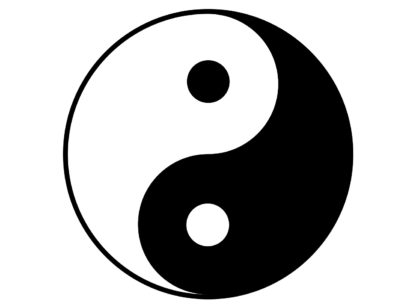
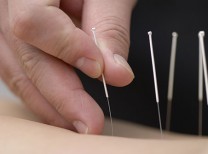

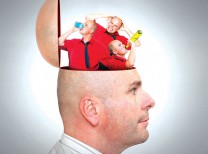
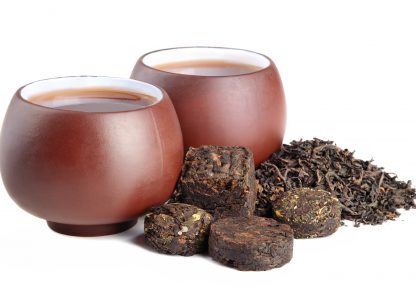

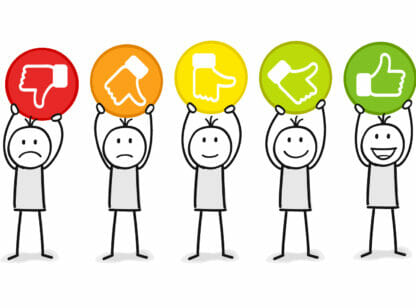



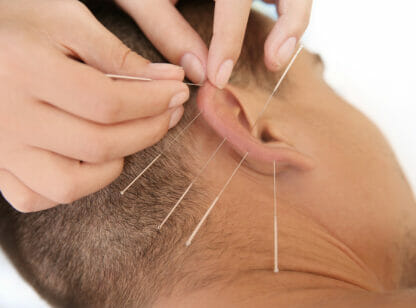

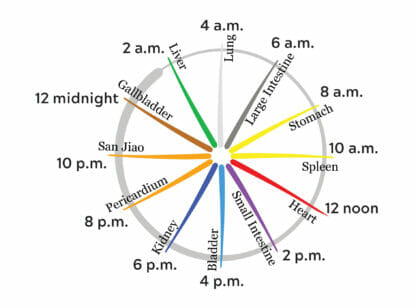





























Comments (0)